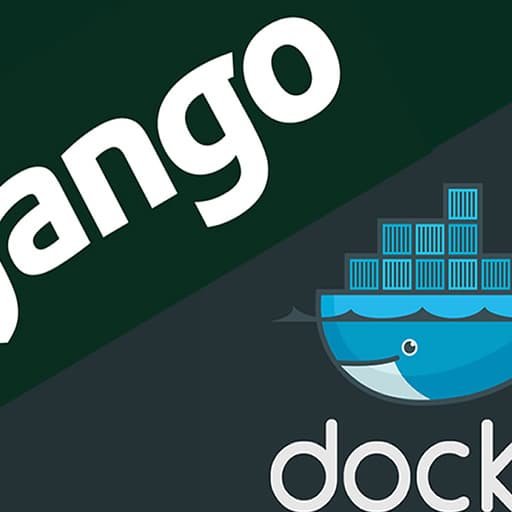
Sure! Here is a step-by-step tutorial on how to dockerize a Python application:
Step 1: Install Docker
First, make sure you have Docker installed on your machine. You can download and install Docker from the official website (https://www.docker.com/get-started).
Step 2: Create a Dockerfile
Create a file named "Dockerfile" in the root directory of your Python application. This file will contain instructions for building the Docker image.
Step 3: Specify the base image
In the Dockerfile, start by specifying the base image you want to use. For example, if your application requires Python 3.9, you can use the official Python image with that version:
“`
FROM python:3.9
“`
Step 4: Set the working directory
Next, set the working directory inside the Docker image where your application code will be copied. You can use the `WORKDIR` instruction for this:
“`
WORKDIR /app
“`
Step 5: Copy the application code
Copy the entire application code into the Docker image using the `COPY` instruction. Assuming your application code is in the same directory as the Dockerfile, you can use the following command:
“`
COPY . /app
“`
Step 6: Install dependencies
If your application has any dependencies, you need to install them inside the Docker image. You can use the `RUN` instruction to run commands inside the image. For example, if your application requires Flask, you can install it using pip:
“`
RUN pip install flask
“`
Step 7: Expose the necessary ports
If your application listens on a specific port, you need to expose that port in the Docker image. Use the `EXPOSE` instruction to specify the port number:
“`
EXPOSE 5000
“`
Step 8: Define the command to run the application
Finally, use the `CMD` instruction to define the command that will be executed when the Docker container starts. For example, if your application is a Flask app, you can use the following command:
“`
CMD ["python", "app.py"]
“`
Step 9: Build the Docker image
Open a terminal, navigate to the directory containing the Dockerfile, and run the following command to build the Docker image:
“`
docker build -t my-python-app .
“`
Step 10: Run the Docker container
Once the image is built, you can run a Docker container based on that image using the following command:
“`
docker run -p 5000:5000 my-python-app
“`
This will start the container and map port 5000 of the container to port 5000 of your local machine.
That’s it! Your Python application is now dockerized and running inside a Docker container. You can access it by opening a web browser and navigating to `http://localhost:5000`.